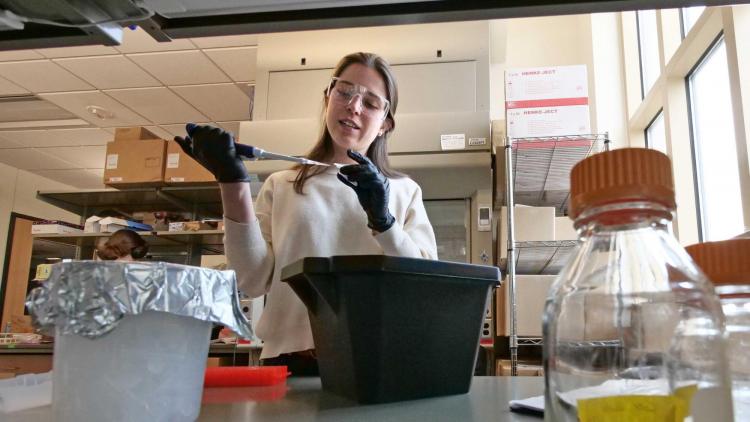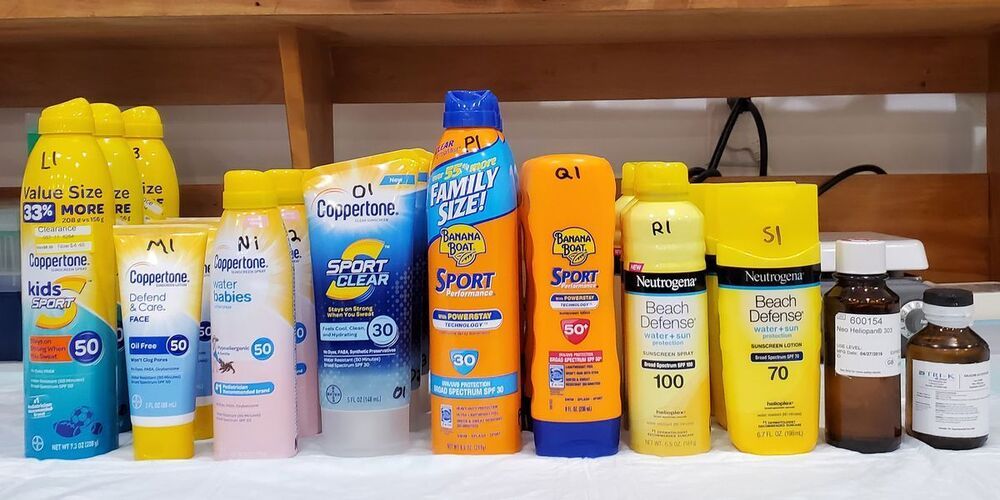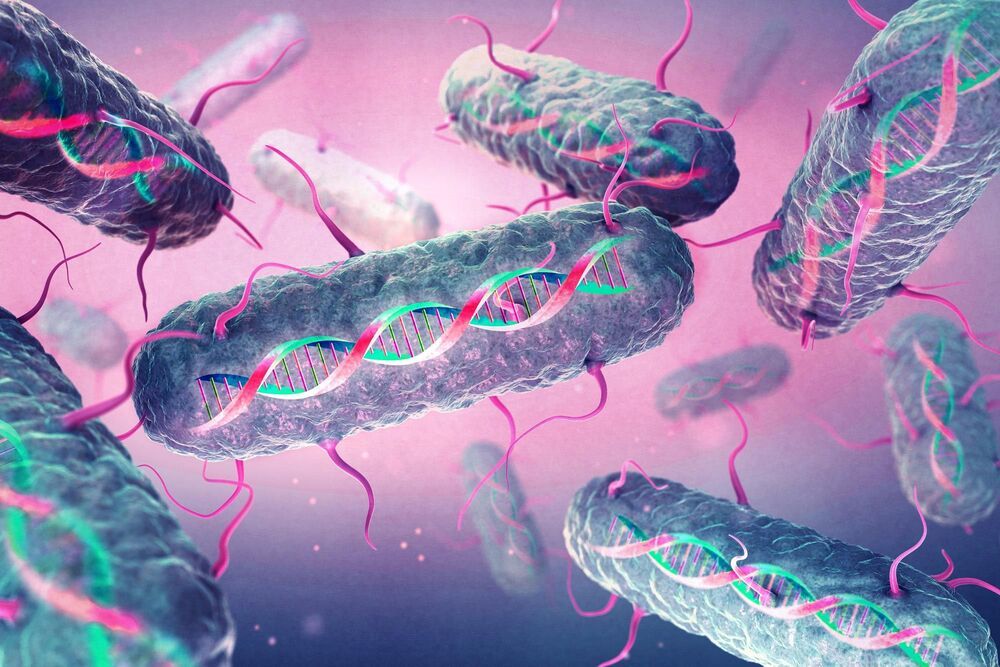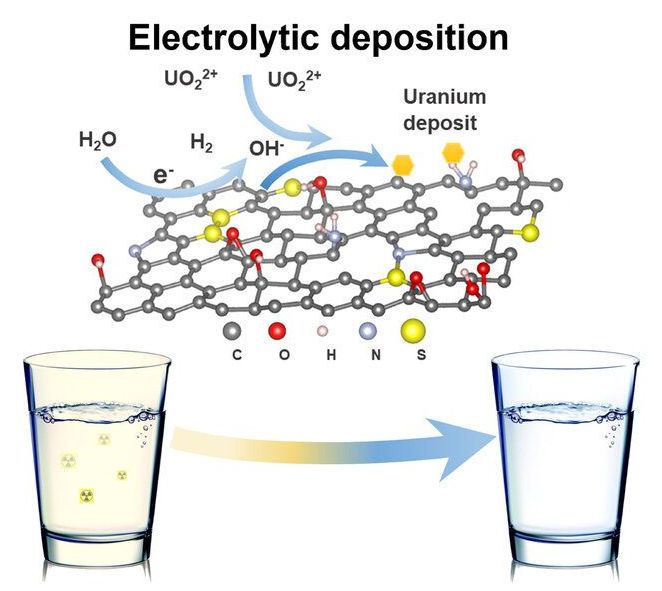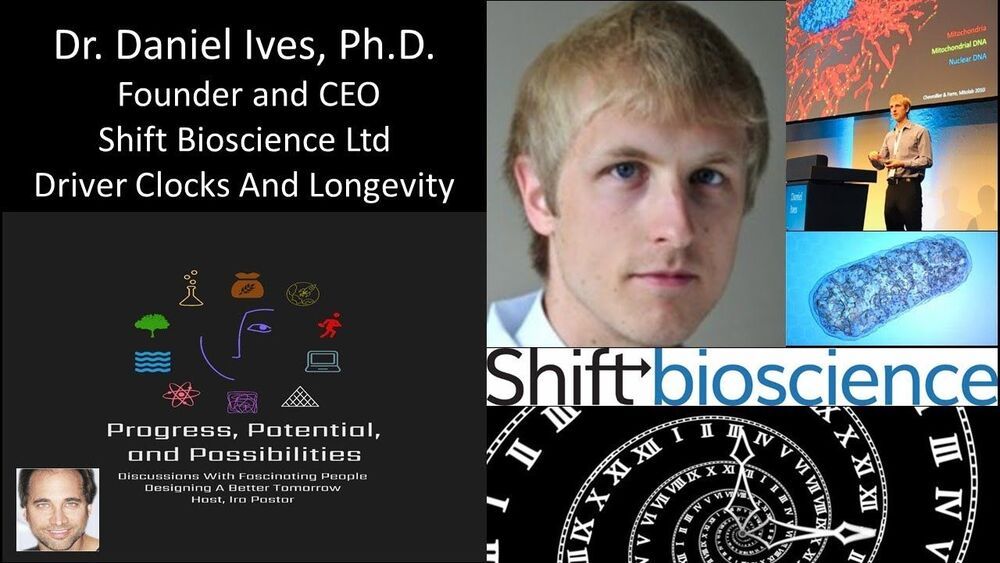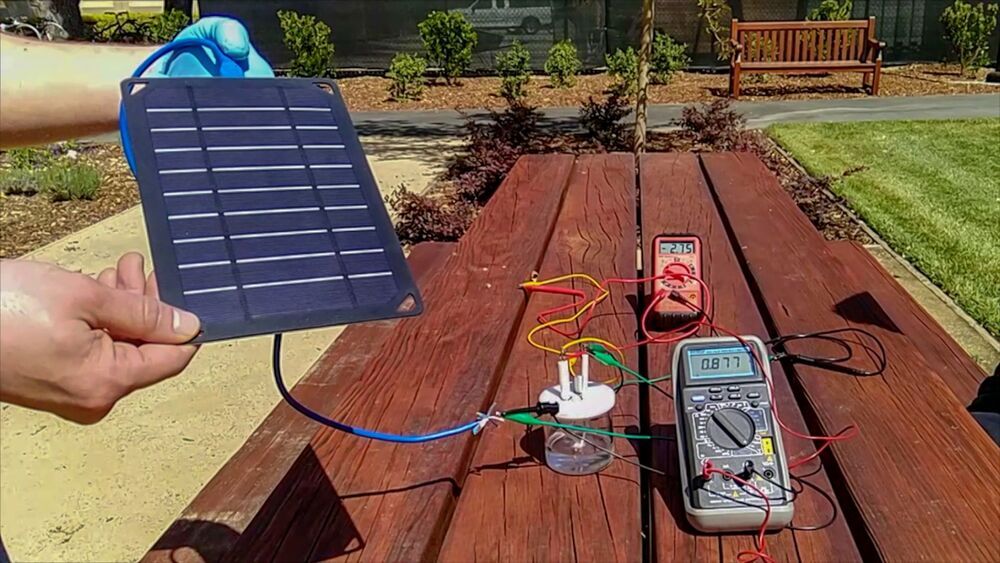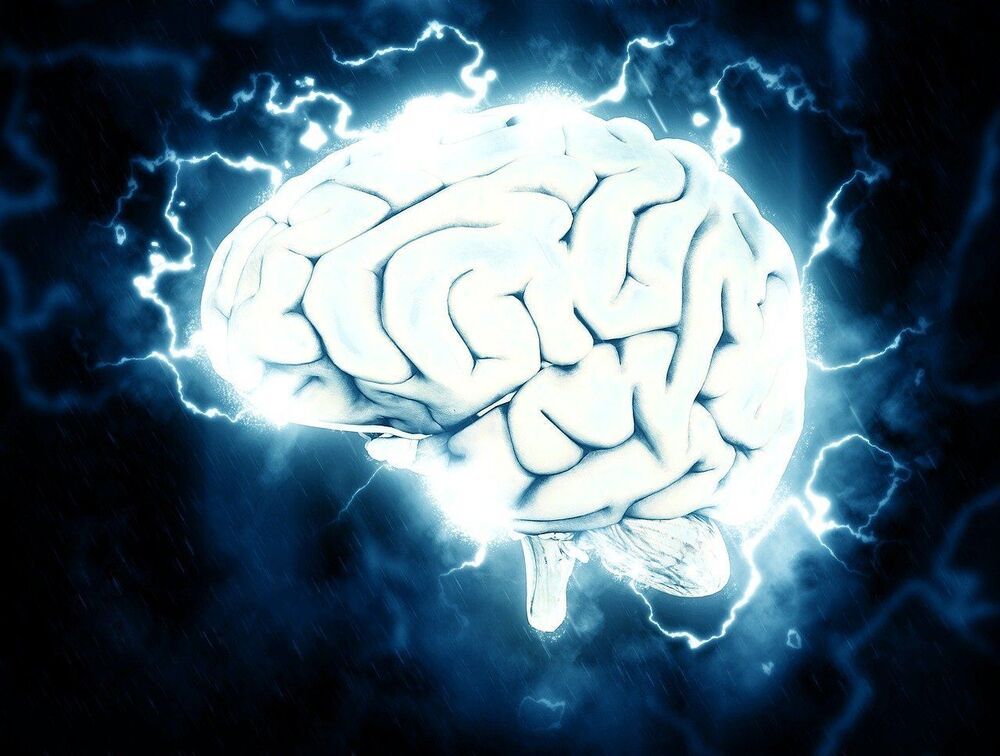Researchers at CU Boulder have developed a platform which can quickly identify common mutations on the SARS-CoV-2 virus that allow it to escape antibodies and infect cells.
Published today in Cell Reports, the research marks a major step toward successfully developing a universal vaccine for not only COVID-19, but also potentially for influenza, HIV and other deadly global viruses.
“We’ve developed a predictive tool that can tell you ahead of time which antibodies are going to be effective against circulating strains of virus,” said lead author Timothy Whitehead, associate professor of chemical and biological engineering. “But the implications for this technology are more profound: If you can predict what the variants will be in a given season, you could get vaccinated to match the sequence that will occur and short-circuit this seasonal variation.”
Researchers have developed a platform which can quickly identify common mutations on the SARS-CoV-2 virus that allow it to escape antibodies and infect cells, which could inform the development of more effective booster vaccines and tailored antibody treatments for patients with COVID-19.
